Caring for Modern Classics: The Ferrari 360 to F12 Era
As Ferrari entered the 21st century, its cars evolved into something new — faster, more complex, and more refined than ever before. Yet beneath the carbon fibre and aluminium remained the same core principles: craftsmanship, emotion, and a relentless pursuit of performance.
For Birch, these modern-era Ferraris — from the 360 Modena to the F12 TDF — represent a fascinating chapter in the brand’s story. They are the bridge between the analogue thrill of the past and the digital sophistication of today, demanding both technical understanding and meticulous preservation.

The Modern Classic Transition
The late 1990s and early 2000s marked a turning point for Ferrari. The 360 Modena, launched in 1999, introduced a lightweight aluminium chassis and a new design philosophy — fluid, purposeful, and sculpted for aerodynamic efficiency. It was followed by the F430, a car that blended racing-derived technology with everyday usability, setting a benchmark for the modern supercar.
These cars, once considered “current models”, are now crossing into modern classic territory. Their values are rising, their engineering is ageing gracefully, and owners are beginning to view them less as toys and more as legacy pieces worth protecting.

The Next Generation of Power and Elegance
The 599 GTB Fiorano and F12 Berlinetta carried Ferrari into the V12 renaissance. With naturally aspirated engines and elegant grand touring dynamics, they embodied Ferrari’s balance of power and poise. These machines, though newer, share the same need for careful, knowledgeable care as their vintage predecessors.
Ferrari’s shift toward electronic systems and complex materials means their maintenance requires precision — not just mechanical, but environmental. Correct humidity, controlled temperature, and battery management are now as vital as oil changes or tyre pressures.
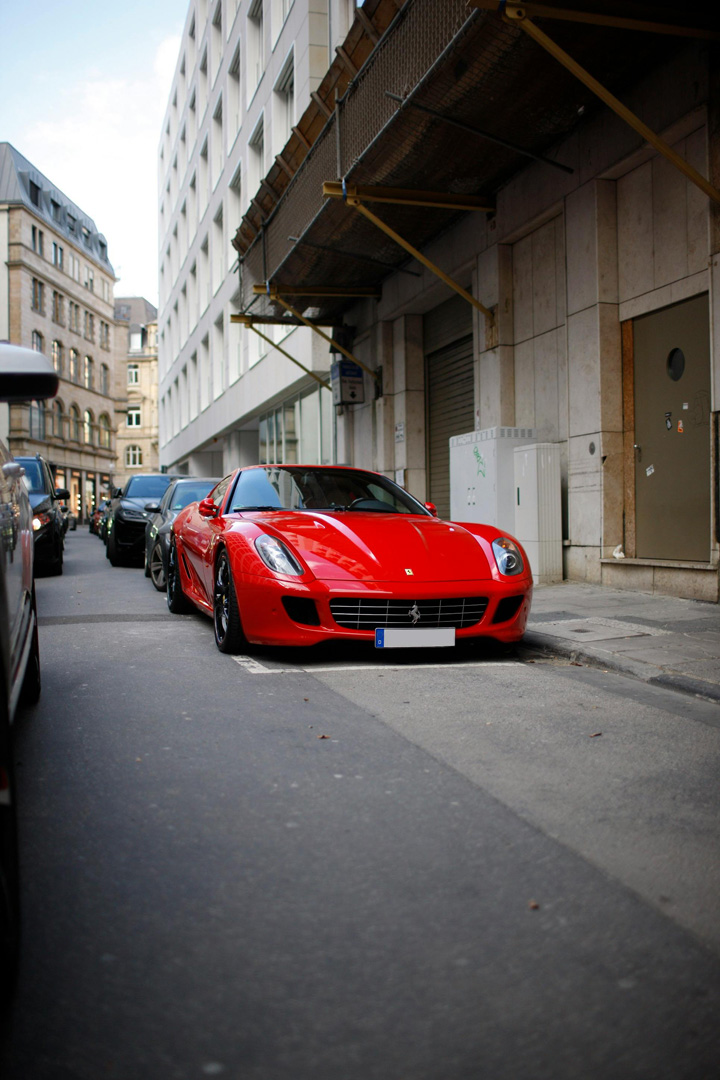
Preserving Performance and Provenance
At Birch, every Ferrari is treated with the same reverence — whether a 1960s 275 GTB or a 2010 458 Italia. For modern classics, our approach combines traditional craftsmanship with contemporary expertise:
Climate-monitored storage: Regulating temperature and humidity preserves paintwork, interiors and seals while preventing corrosion.
Battery conditioning: Intelligent trickle-charging keeps electronics and ECUs in prime condition, preventing the common electrical faults that plague dormant Ferraris.
Tyre and suspension care: Vehicles are regularly repositioned to prevent flat-spotting and stress on suspension components.
Professional detailing and protection: Modern paint systems and carbon finishes benefit from advanced ceramic coatings and periodic cosmetic maintenance.
Each step ensures that the car not only maintains its value but also remains ready to perform as intended — with the immediacy and emotion that define Ferrari.

Modern Classics as Investments
While the term “investment” is often overused, certain Ferrari models from this era are now attracting serious collector attention. Early manual 360s, rare 430 Scuderias, and limited-run 599 GTOs have all seen significant appreciation.
Yet, true stewardship goes beyond value appreciation. A well-preserved Ferrari offers something more lasting: continuity. It keeps alive the sound, feel and engineering brilliance of an era that will never return — the last generation of naturally aspirated purity before turbocharging and hybridisation took over.
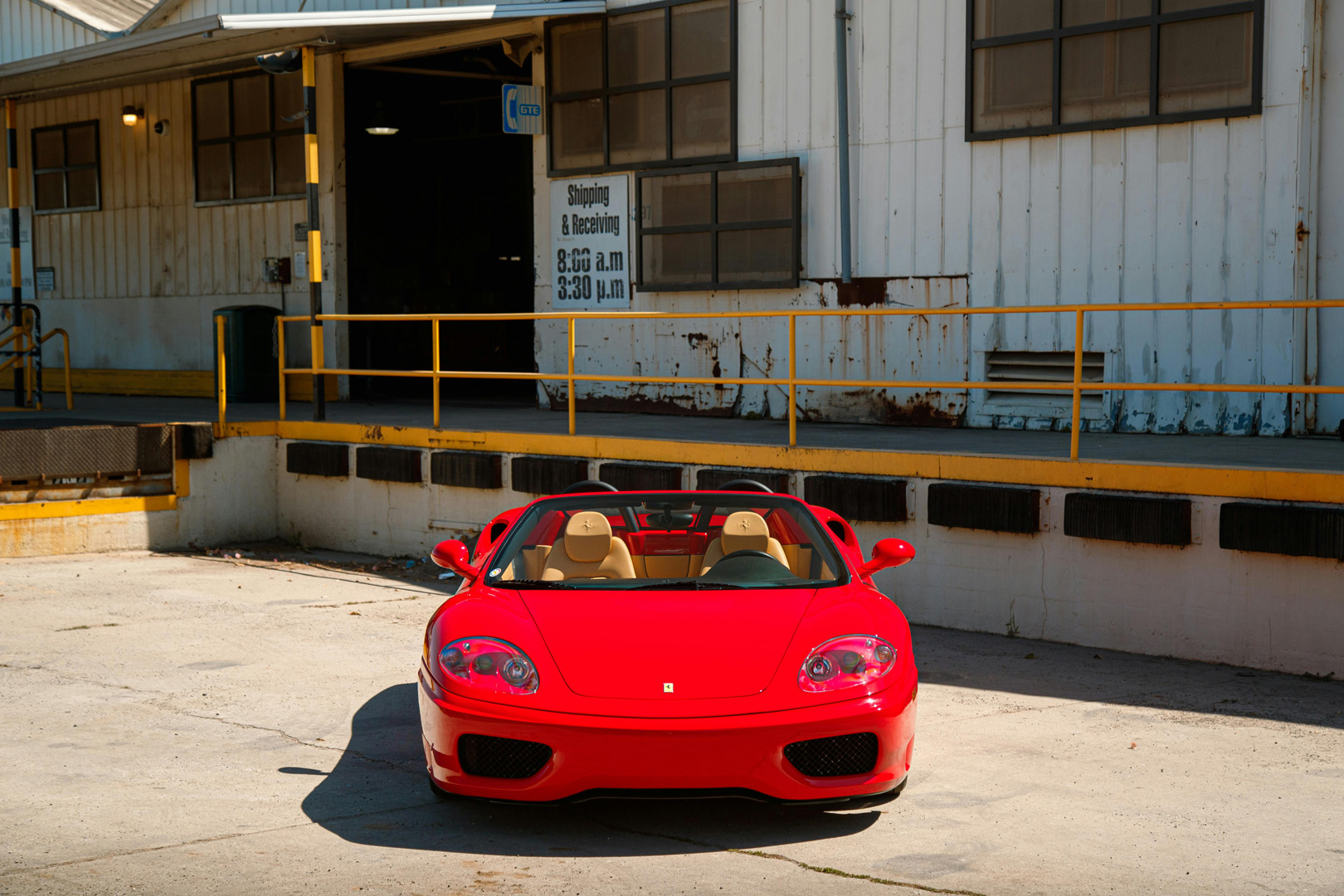
The Birch Perspective
For Birch, these modern Ferraris embody everything we respect in a performance car — precision, passion, and timeless design. Caring for them requires not only the right facilities but the right mindset: one of diligence, respect and understanding.
Our team recognises that these are not static museum pieces. They are living machines — engineered to be driven, admired, and preserved for future generations. That philosophy aligns perfectly with Ferrari’s own — performance, always preserved.
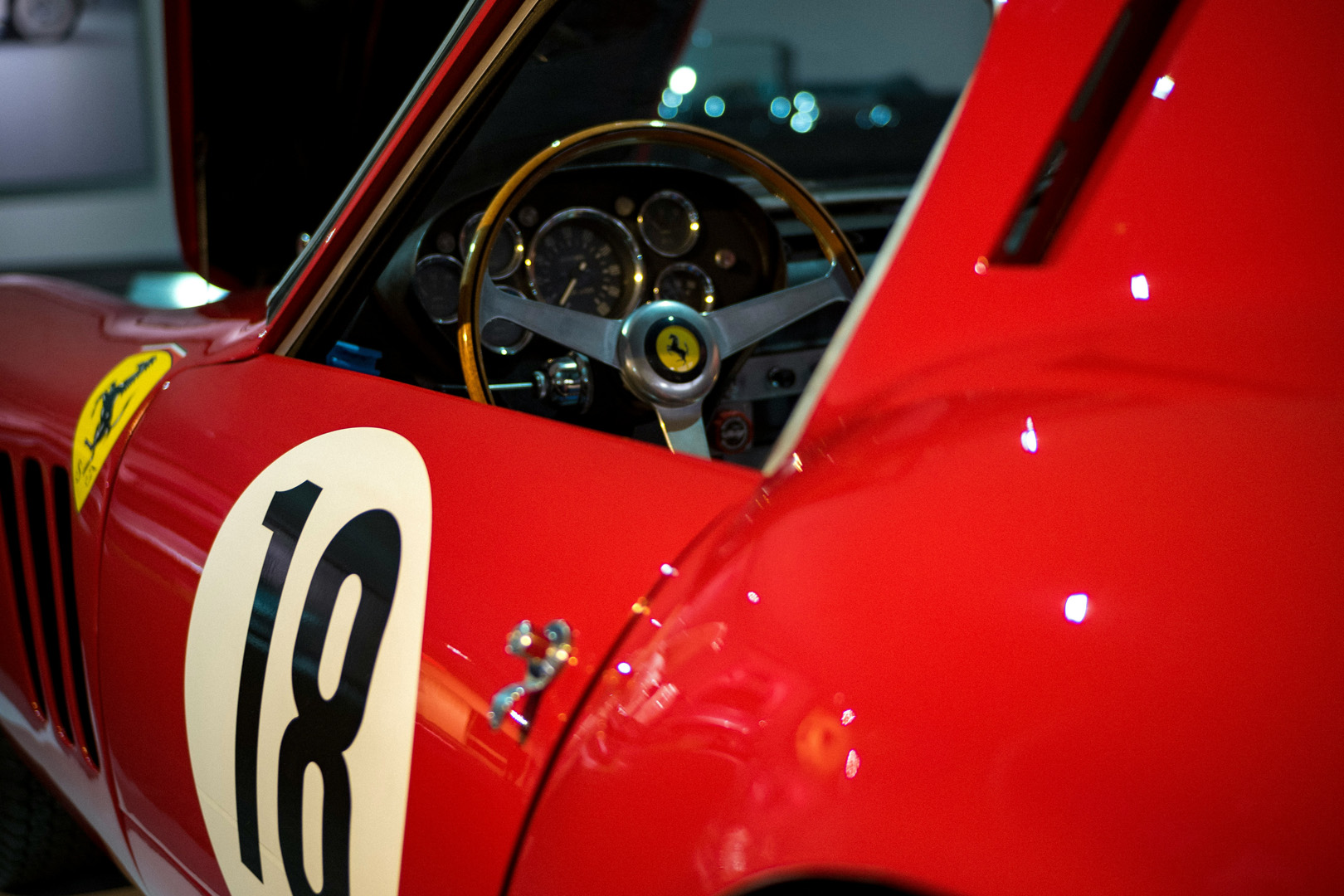




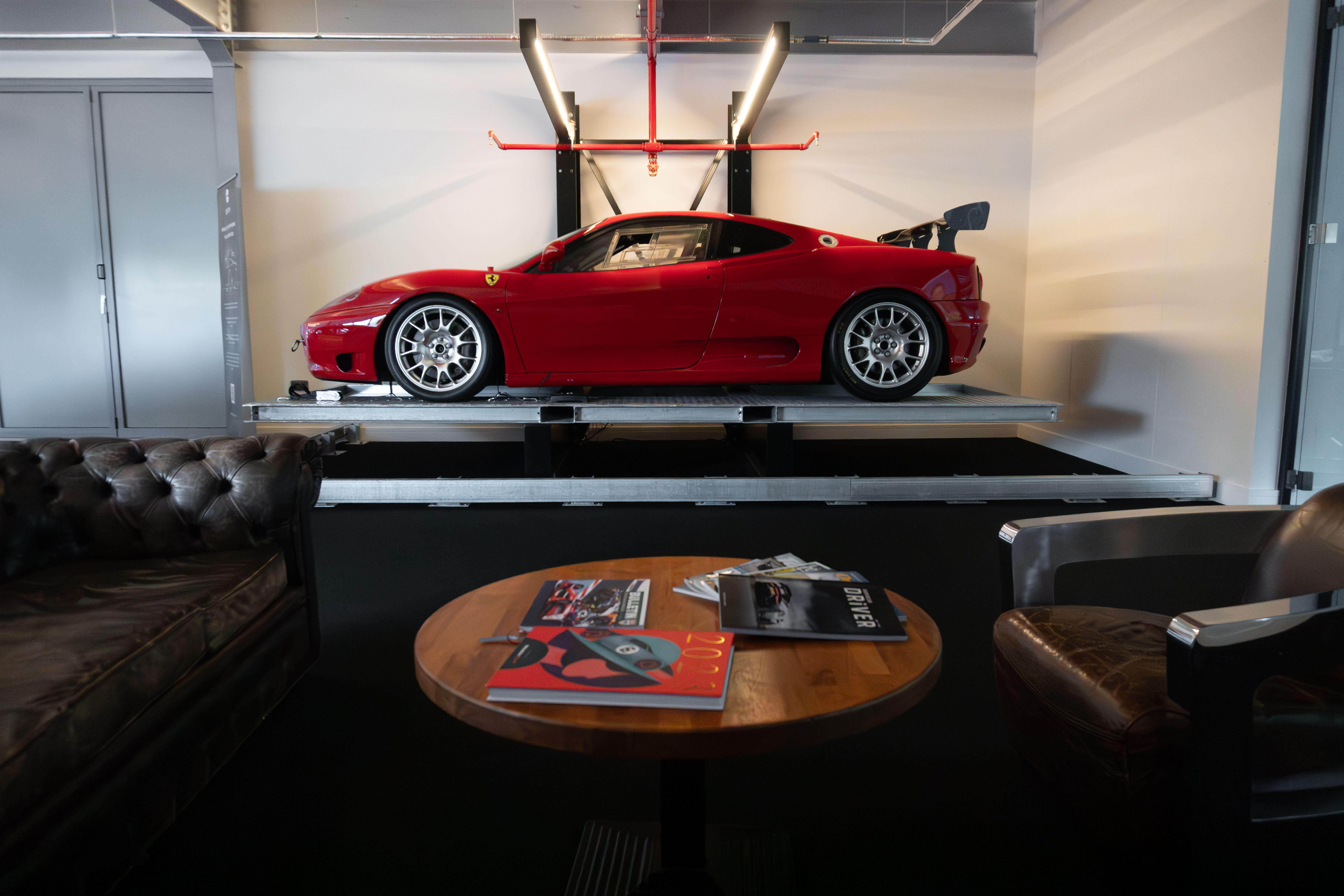


.jpg)
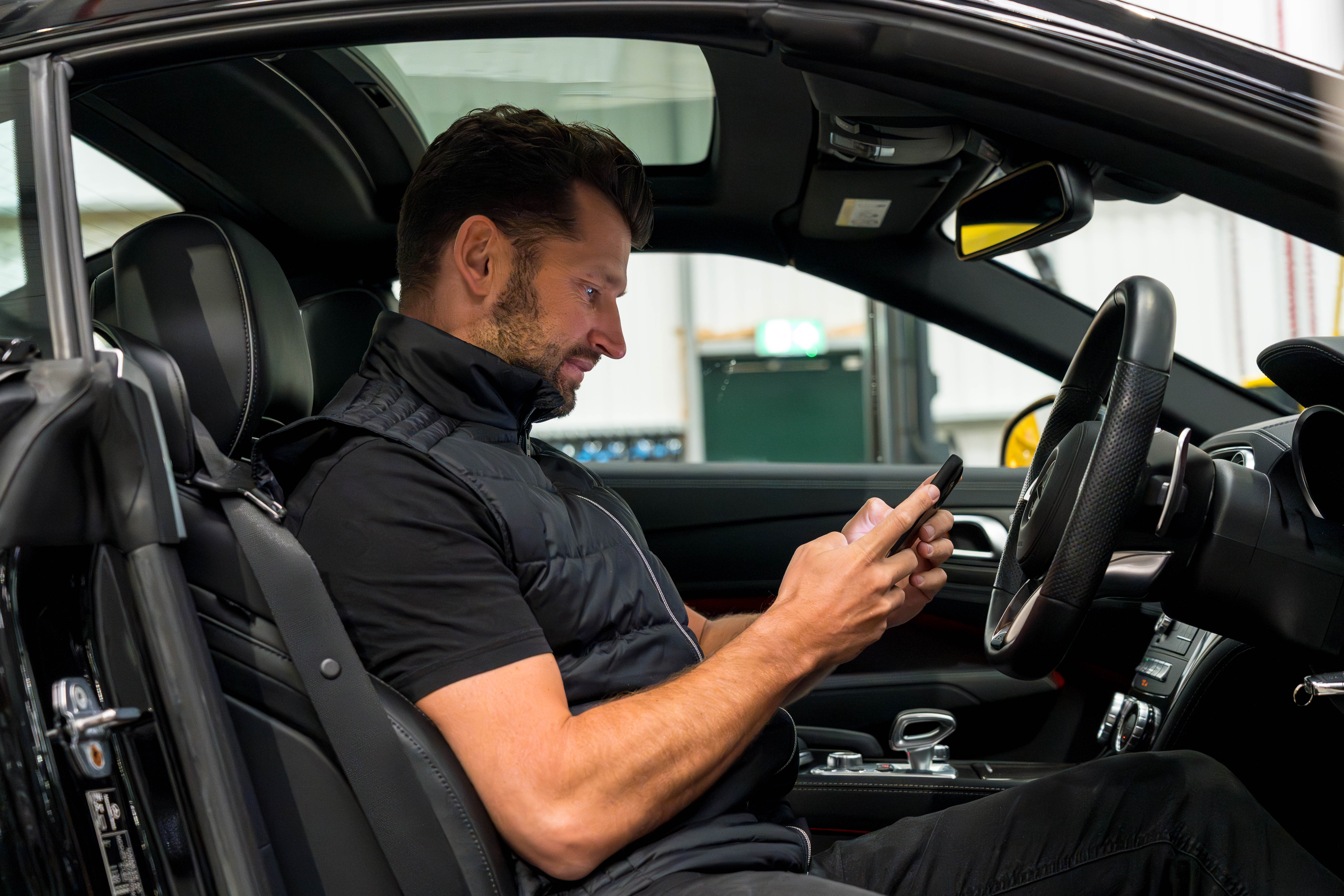
.jpg)

.jpg)
.jpg)

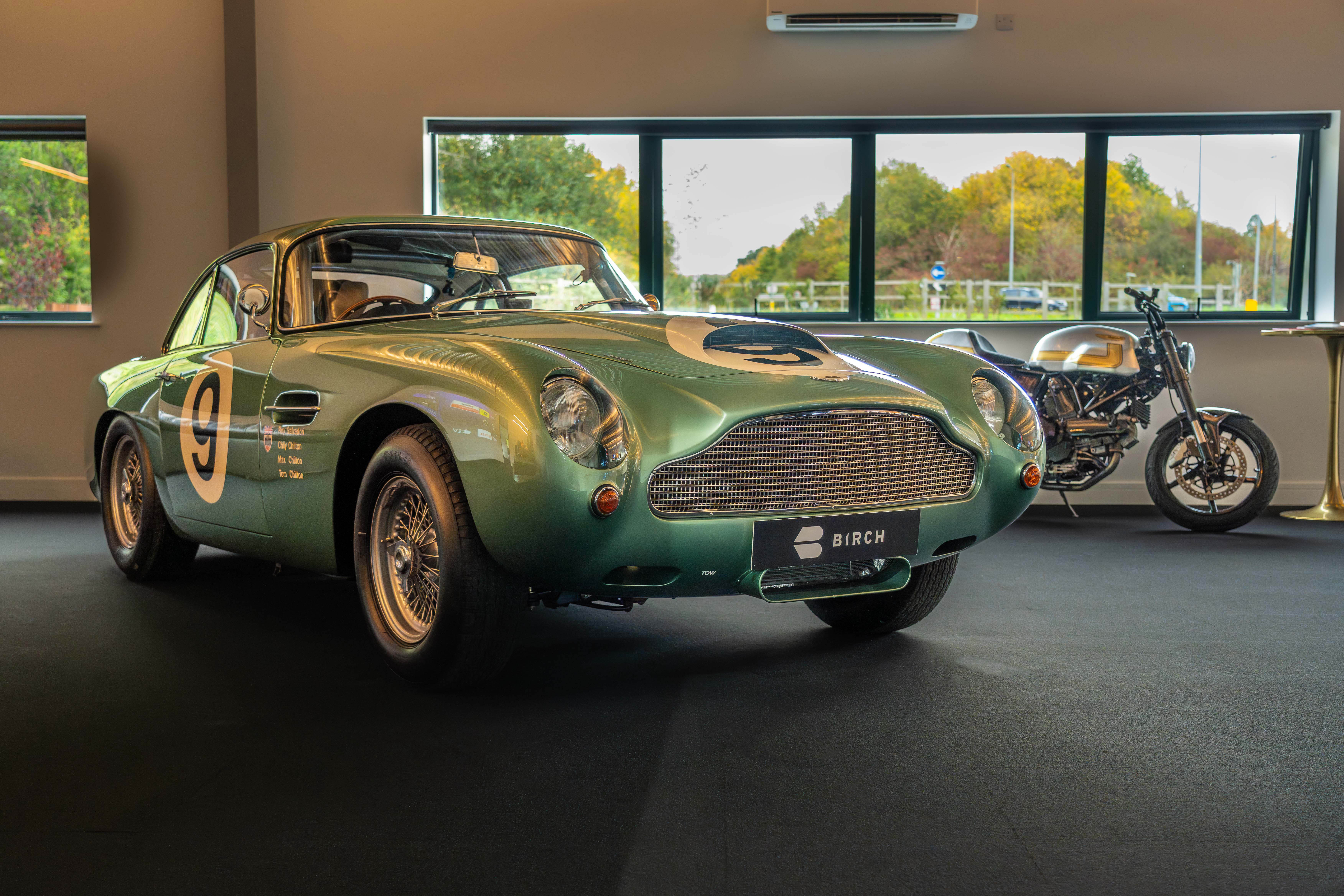

.jpg)
.jpg)
.jpg)
.jpg)
.jpg)

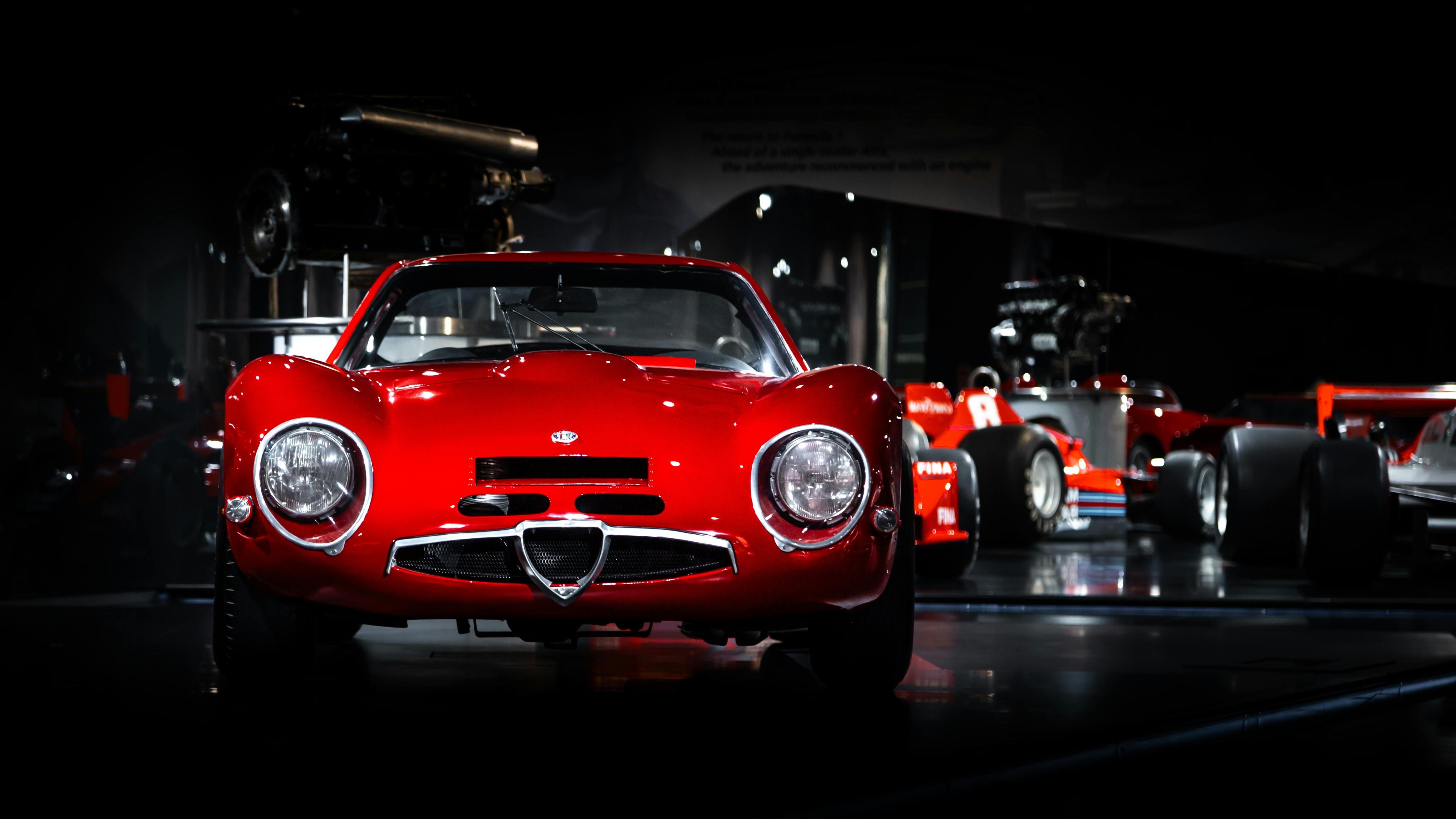
.jpg)